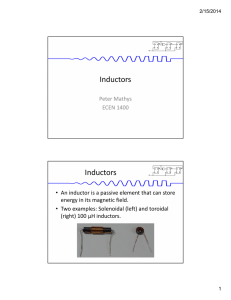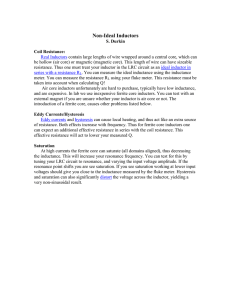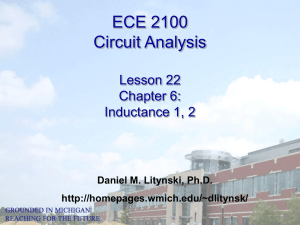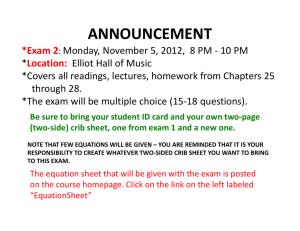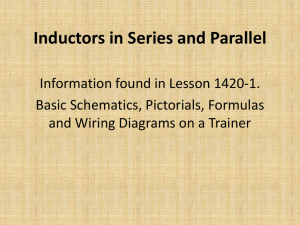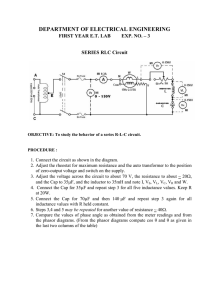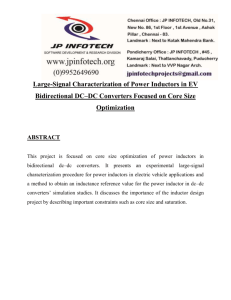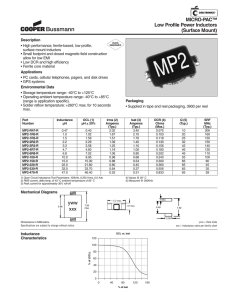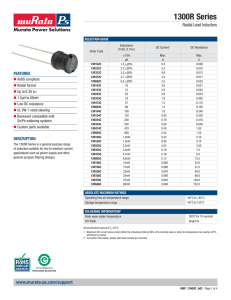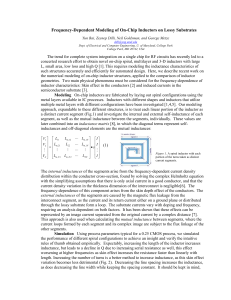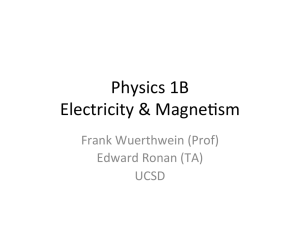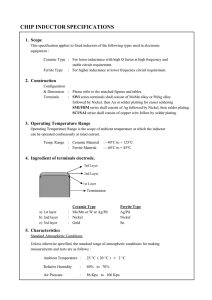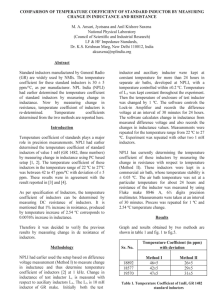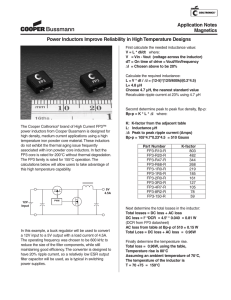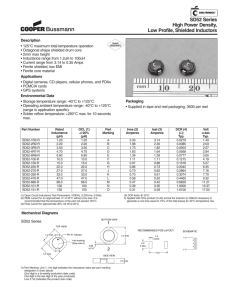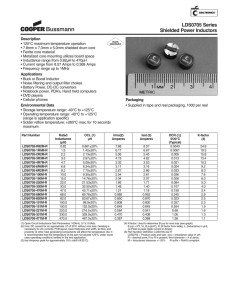Here, we will find the equivalent inductance across terminals a... The two 64 mH inductors are in parallel because they...
advertisement
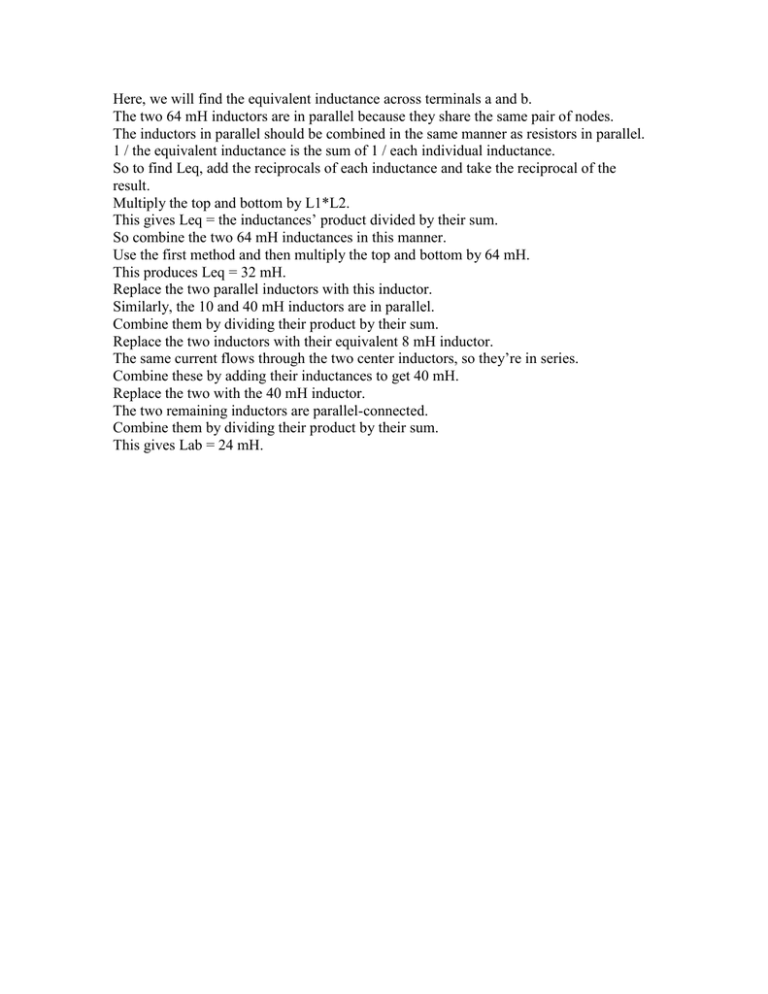
Here, we will find the equivalent inductance across terminals a and b. The two 64 mH inductors are in parallel because they share the same pair of nodes. The inductors in parallel should be combined in the same manner as resistors in parallel. 1 / the equivalent inductance is the sum of 1 / each individual inductance. So to find Leq, add the reciprocals of each inductance and take the reciprocal of the result. Multiply the top and bottom by L1*L2. This gives Leq = the inductances’ product divided by their sum. So combine the two 64 mH inductances in this manner. Use the first method and then multiply the top and bottom by 64 mH. This produces Leq = 32 mH. Replace the two parallel inductors with this inductor. Similarly, the 10 and 40 mH inductors are in parallel. Combine them by dividing their product by their sum. Replace the two inductors with their equivalent 8 mH inductor. The same current flows through the two center inductors, so they’re in series. Combine these by adding their inductances to get 40 mH. Replace the two with the 40 mH inductor. The two remaining inductors are parallel-connected. Combine them by dividing their product by their sum. This gives Lab = 24 mH.

